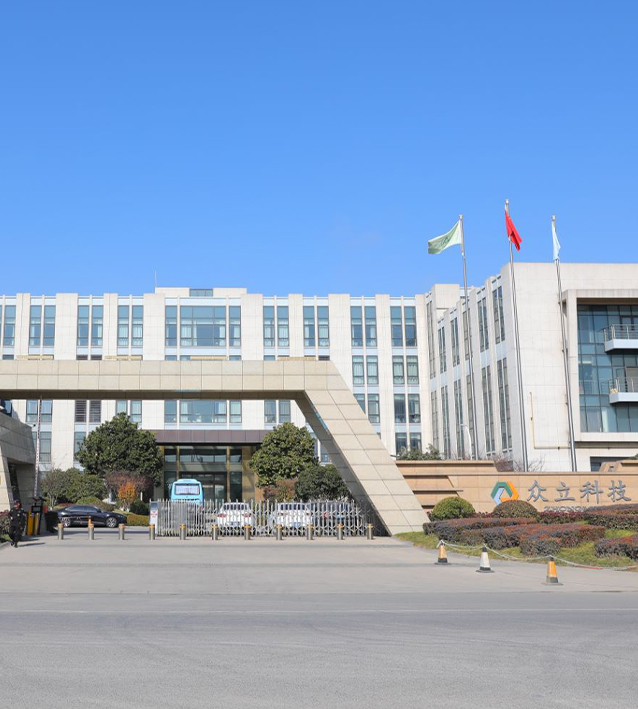
Styrene-Butadiene Block Copolymer(SBS)
Zhongli SBS Series products are styrenic thermoplastic elastomers synthesized from styrene and butadiene monomers through a specialized polymerization process. These materials combine the excellent plasticity of plastics with the elasticity of rubber. They offer several advantages, including a high surface friction coefficient, outstanding low-temperature performance, and ease of processing. Due to these properties, Zhongli SBS products are widely used in asphalt modification, polymer modification, adhesives, footwear materials, and other applications.
| Product name | Styrene-Butadiene Block Copolymer(SBS) |
|
ZHOPOLY SBS-NOE H-Series |
H3591,H3611,H3602,H3596 |
| Product characteristics |
Wide range, easy processing, recyclable, green environmental protection |
| Product Color | White |
| Packing method |
Paper/ paper /Bag/ H3591-15kg,H3611-15kg,H3602-20kg,H3596-20kg |
| Certification |
ISO 9001:2015、ISO14001:2015、ISO45001:2018 STANDARD; REACH REGISTRATION |

-
Introduction to Hydrogenated Styrene-Butadiene Block Copolymer (SEBS) Hydrogenated St...
READ MORE -
SBS vs SEBS vs SIS Differences and Application Guide Styrene-Butadiene Block Copolym...
READ MORE -
Introduction: The Hidden Danger in Modern Toys In recent years, a seemingly innocuous...
READ MORE -
Understanding the Role of Polarized SEBS in Polymers In polymer chemistry, the search...
READ MORE -
Styrene-Butadiene Block Copolymer (SBS) is a widely used thermoplastic elastomer that...
READ MORE
What effect does the type of catalyst have on the selectivity of SBS copolymers?
The types of catalysts play a crucial role in the synthesis of SBS copolymers, directly influencing the copolymer's selectivity, i.e., the ratio and distribution of the monomeric units of styrene and butadiene in the copolymer.
Different catalysts have distinct catalytic mechanisms and active sites, determining their differential abilities in polymerizing styrene and butadiene. Some catalysts may preferentially initiate the polymerization of styrene, while others may lean towards butadiene. Therefore, the choice of different catalysts can alter the proportion of the two monomeric units in SBS copolymers, thereby affecting the physical and chemical properties of the copolymer.
The types of catalysts also affect the control of the polymerization reaction. Advanced catalysts, such as certain specific metal organic catalysts, can achieve more precise polymerization control, including the sequence distribution of monomeric units, the molecular weight, and its distribution of the copolymer. Such catalysts enable the synthesis of styrene-butadiene block copolymer(SBS) copolymers with specific structures and properties to meet various application requirements.
Thus, in the synthesis of SBS copolymers, selecting the appropriate type of catalyst is crucial. It not only influences the selectivity of the copolymer but also helps us achieve precise control over the structure and properties of the copolymer. This is also one of the goals pursued in the field of chemical synthesis, namely, synthesizing high-performance polymer materials with specific properties and target structures through the regulation of reaction conditions and the selection of suitable catalysts.
How to judge the selectivity of SBS catalyst?
To assess the selectivity of SBS catalysts, we can evaluate them comprehensively from the following aspects:
We can observe the composition of styrene-butadiene block copolymer(SBS) copolymers under the action of catalysts. Ideally, the catalyst should be able to precisely control the polymerization ratio of styrene and butadiene to obtain SBS copolymers with specific properties. If the catalyst can make the monomer composition of SBS copolymers close to the theoretical value and produce fewer by-products, then we can consider that the catalyst has good selectivity.
We can consider the activity of the catalyst. Highly active catalysts can achieve higher conversion rates in a shorter period, thus improving production efficiency. However, excessively high activity may also increase side reactions, so it is necessary to find a balance between activity and selectivity.
The stability of the catalyst is also an important indicator for judging its selectivity. Stable catalysts can maintain their catalytic performance over a long period, reducing the decrease in production efficiency and fluctuations in product quality caused by catalyst deactivation.
We can also consider the applicability and economic feasibility of the catalyst. An ideal SBS catalyst should be able to adapt to different reaction conditions and raw material qualities while being relatively low in cost. This not only reduces production costs but also promotes the widespread application of the catalyst.
Assessing the selectivity of SBS catalysts requires comprehensive consideration of factors such as the composition of SBS copolymers under the action of catalysts, the activity, stability, applicability, and economic feasibility of the catalyst. By scientifically and systematically evaluating these indicators, we can select the most suitable SBS catalyst for specific production needs, thereby improving production efficiency and product quality.













